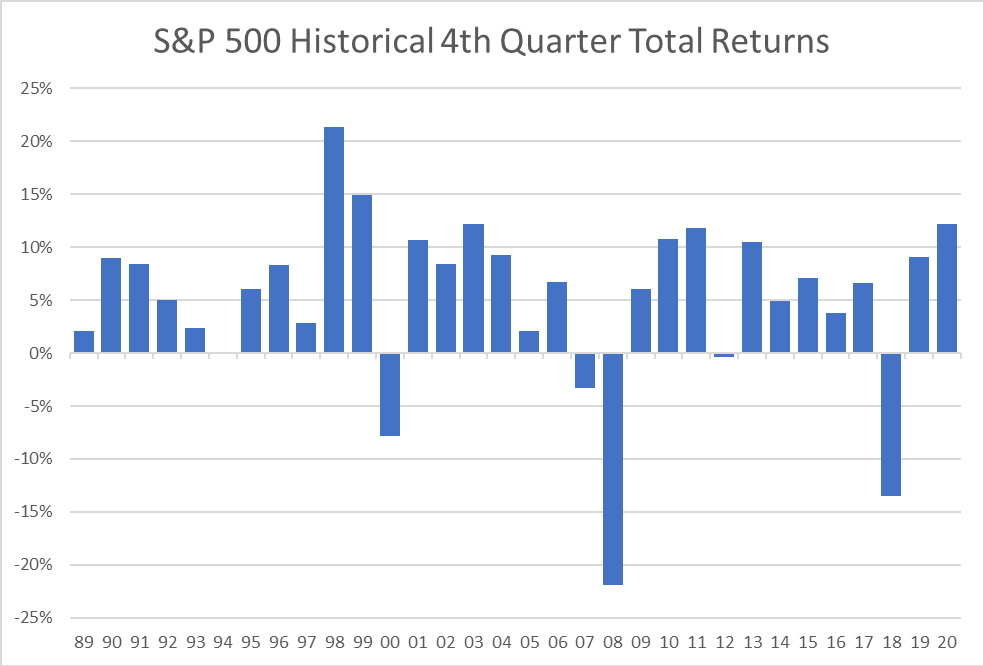After a hiatus on the blog and social media, we are back. And boy howdy what a moment. There was an attempted assassination of a Presidential candidate/former President, the sitting President stepped away from his re-election campaign, and an update to an omnipresent piece of cybersecurity software took down airlines, healthcare providers, and financial institutions. The damage is still being tallied and the “2024 CrowdStrike incident” already has its own Wikipedia page (https://en.wikipedia.org/wiki/2024_CrowdStrike_incident). And how was your week?
Meanwhile, markets continue to rip with seemingly not a care. In our prior global capital markets risk assessment we had flagged geopolitical conditions that would be destabilizing to markets like the battlefront shifting toward Europe in the Russia-Ukraine conflict, China moving against Taiwan, or a regional conflict erupting in the Middle East. Sure enough, Israel is embroiled in a multi-front proxy war with Iran and markets hum and rates stay benignly elevated. The price of oil is hovering barely above pre-Pandemic levels. One of the few traditional signs that the kids are not all right is gold holding an all-time high since April.
For any of our readers who have followed us for a while in our blogs and newsletters, we are always poking at one of two questions – when times are good we are asking what will take the market out, and when they are bad, we are asking what will put a bottom in the market. Right now we have to ask if markets are punch drunk and can’t react any more or truly are that resilient.
If we were playing disaster bingo we would not have guessed much less expected this kind of sequence of extraordinary events in the span of less than two weeks with barely a wince.
That the market was able to withstand that much adverse news suggests fundamentals still matter even from the top down. Presidential elections of late have not been a strong market factor, and the misfortunes of a single $90B public company do not dictate the overall direction of share prices. In the case of CrowdStrike, the market, as reflected in that company’s share price, seems to see the need for clients to diversify away from a single provider in their space, and for governments to seriously question the monotonic strategic technology infrastructure exposure to a single company where a fat-fingered software update can wreak global havoc. CrowdStrike is being taken to the proverbial shed around back, but the rest of the market continues apace.
We are still left with the question of what could take this market out, but our concerns are ameliorated to a certain degree by market participants not burning the house down to light a single candle. We don’t think that means there is no risk, but we believe that the kind of risk that broadly hits capital markets will be systemic.









